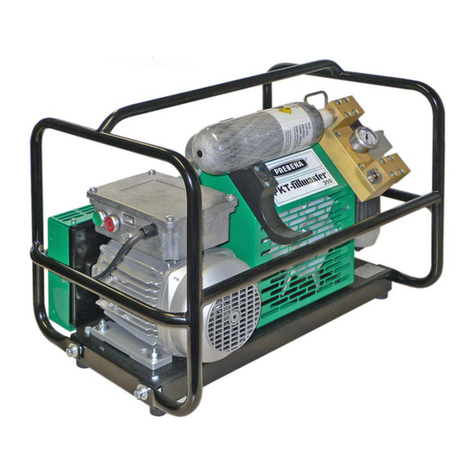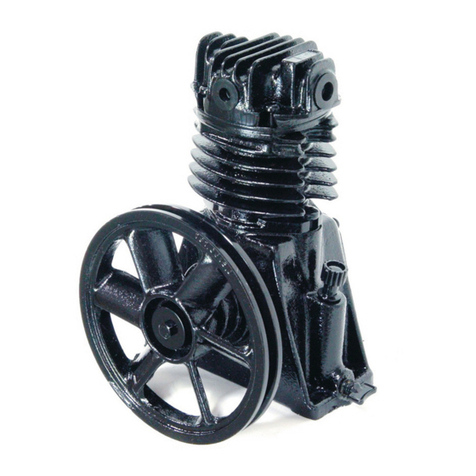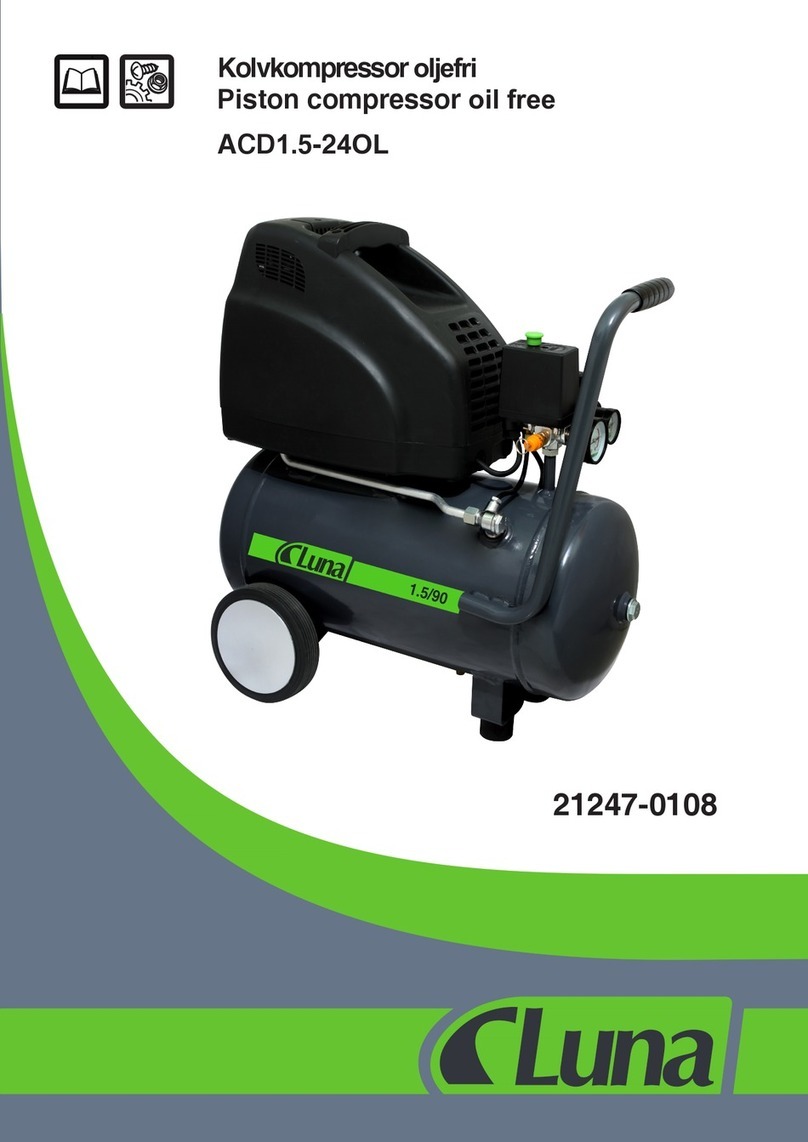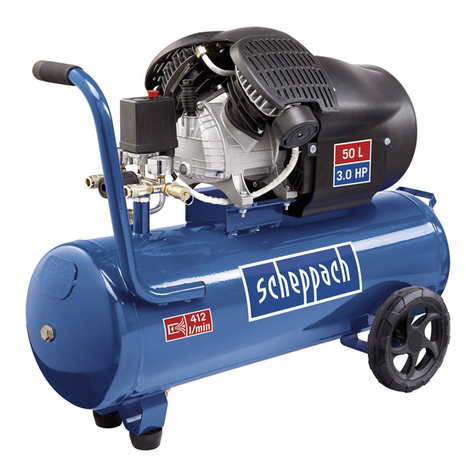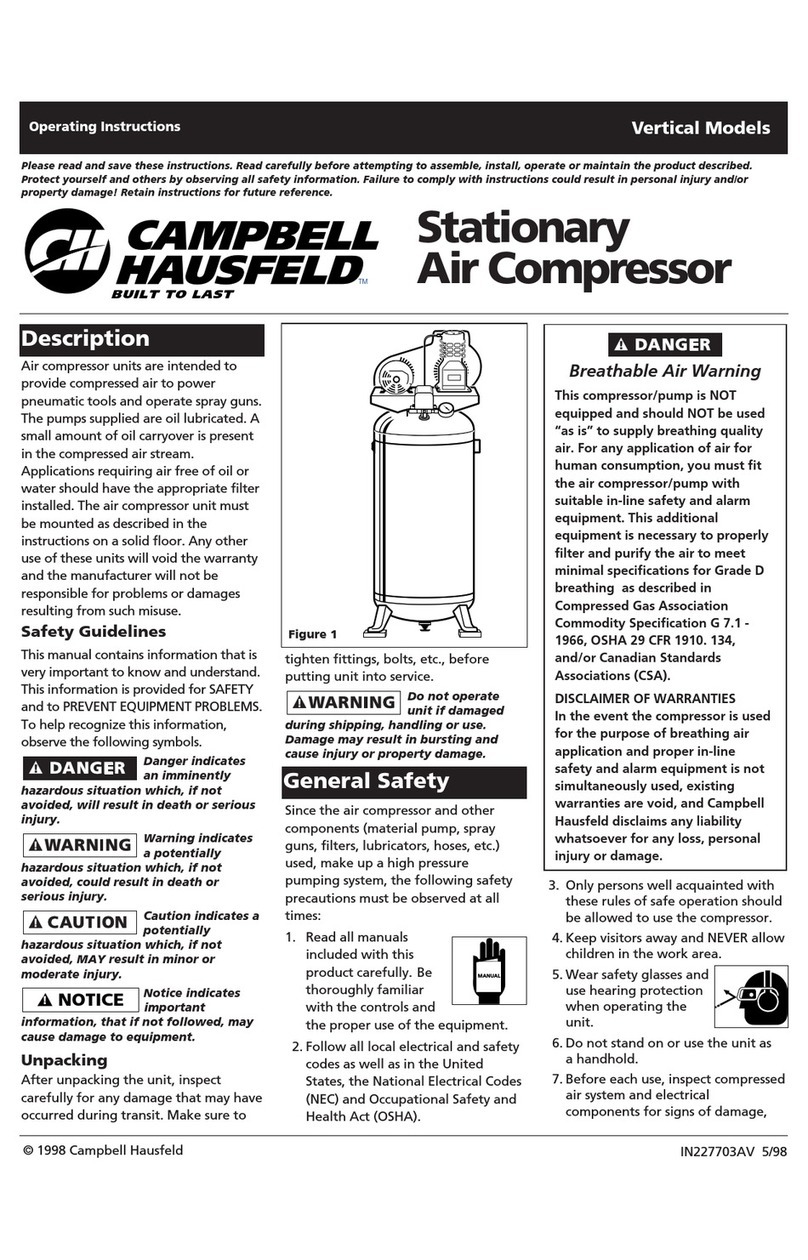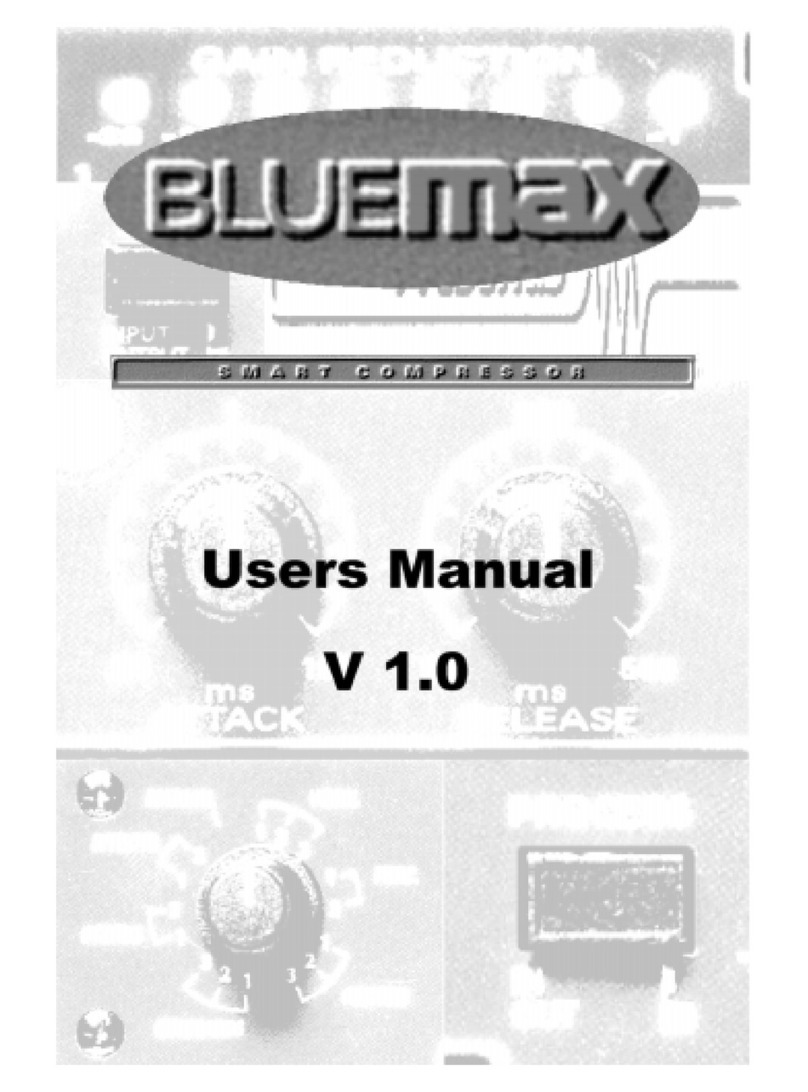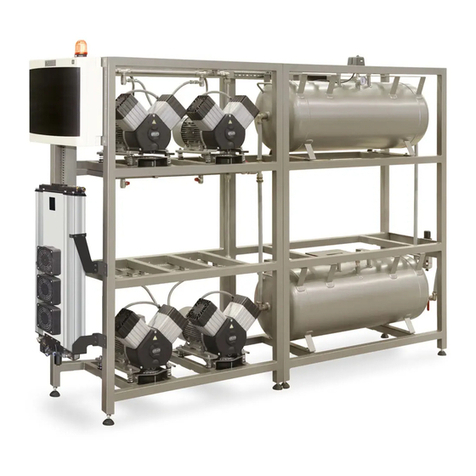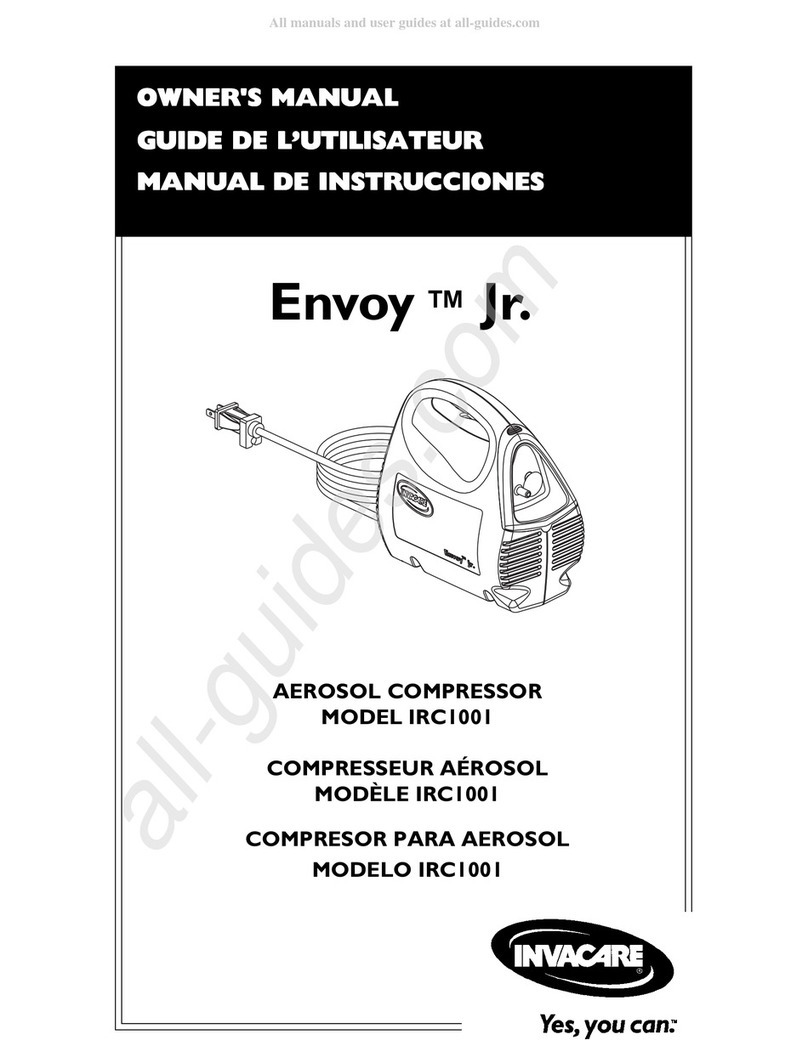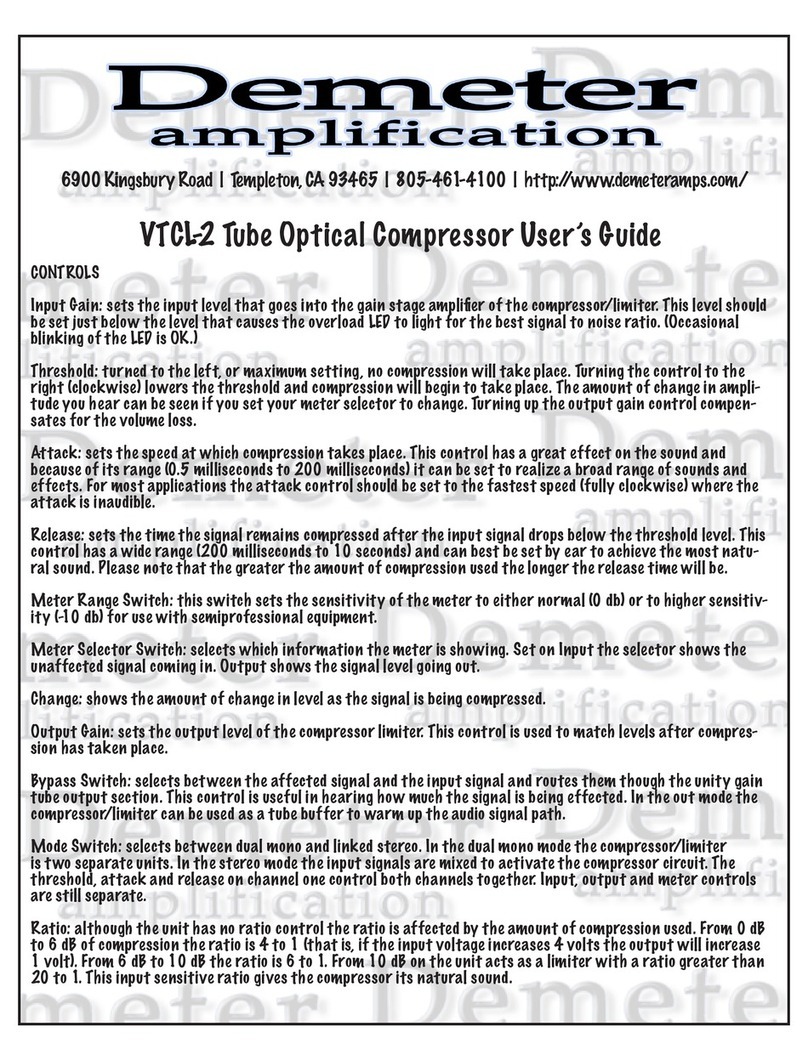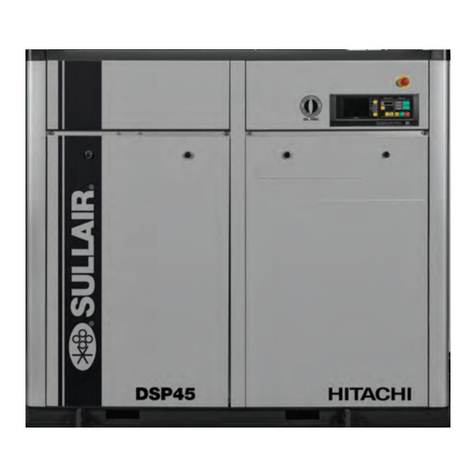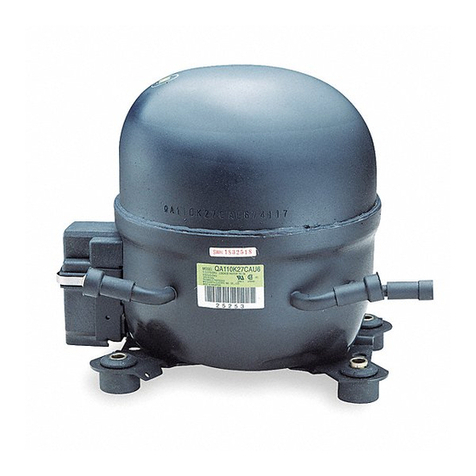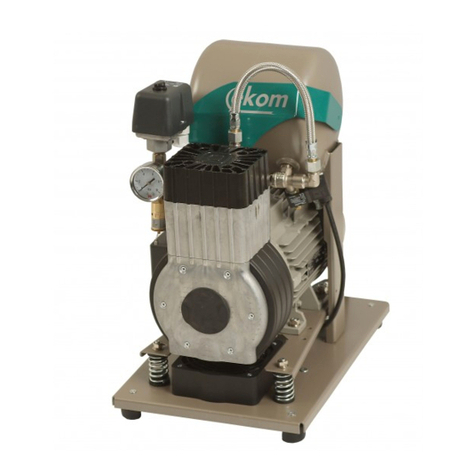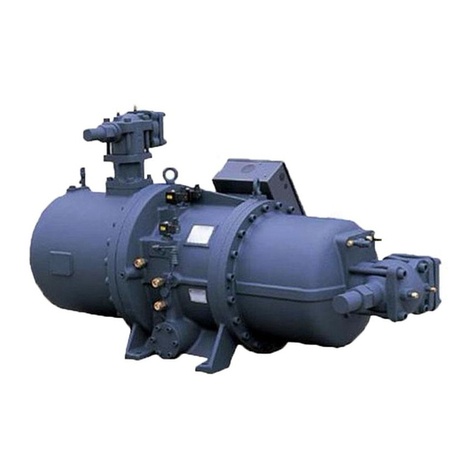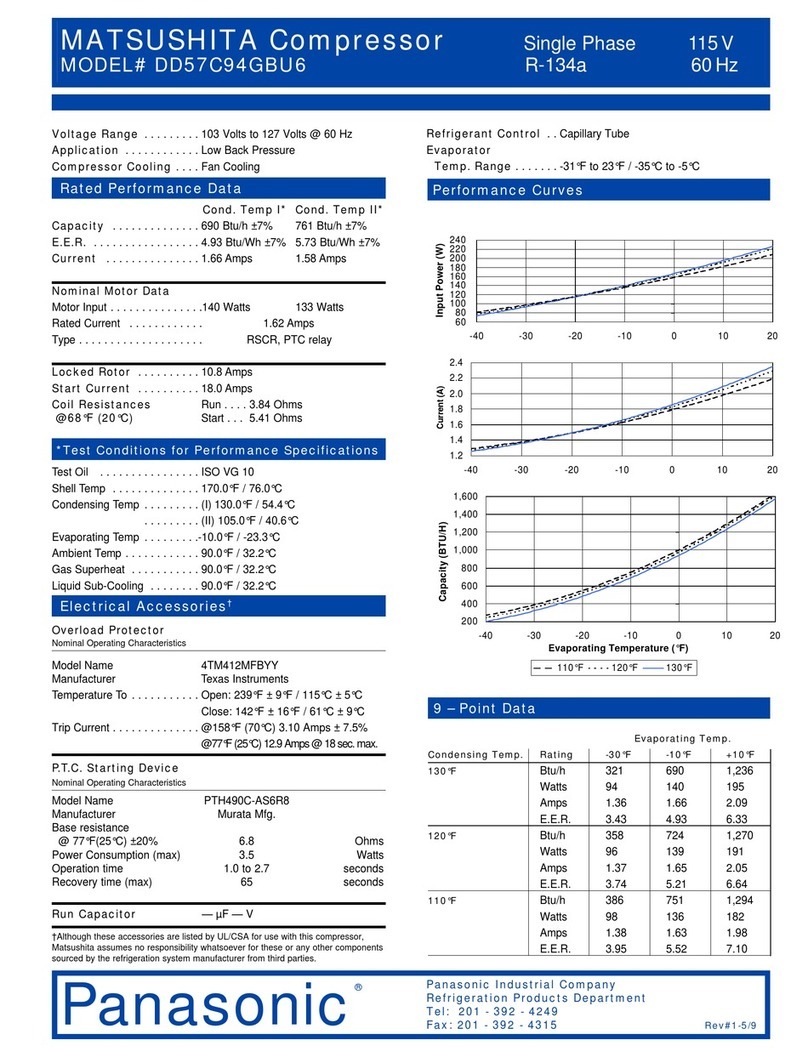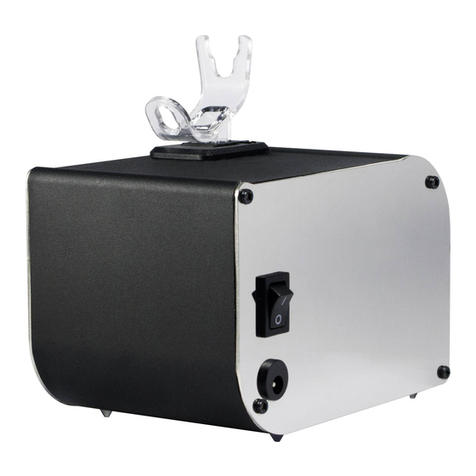
Routine Outdoor Helium Compressor Maintenance Instructions
6Service Note 1201-022, Rev. A0 Quantum Design
November 2, 2011
oClick the SDO Read tab and press the “Read ALL (Once)” button.
oClick the Alarms tabs and select node 4, and press “Upload and Parse” button to
check if any messages appear. Typically you might see the following three
messages shown in Figure 8.
Figure 8. Typical CAN Data Logger Alarms Tab upon power up
In particular the messages can be interpreted as follow:
“Communication acquired with inverter 1” informs the user know that successful
communications with the Cold Head inverter has been established.
“Communication acquired with inverter 2” informs the user know that successful
communications with the Scroll Capsule inverter has been established.
“Communication acquired with outdoor unit” informs the user that all communications
are established with the outdoor unit.
Depending on the specific version of the Compressor Firmware you are running you
might also see one more message:
“Capsule temperature at 999.00 C” is a default value it is displayed every time the power is lost -
again all normal here.
3. If everything is communicating at this point, verify that the compressor and helium level control
are enabled from within MultiVu by clicking on the EverCool II status box located on the bottom
of MultiVu application. Once the Evercool II Instrument window appears check the status of both
“Compressor Control” and “Helium Level”. These should be reading “Automatic” and “Enabled”
respectively.
4. If you have lost too much Liquid Helium (below 60%), wait for the system to refill to above 60%
before using the magnet and temperature control. The status should be in “Recirc. & Filling” if it
is below that level. Contact a qualified Quantum Design representative for assistance if need be.
